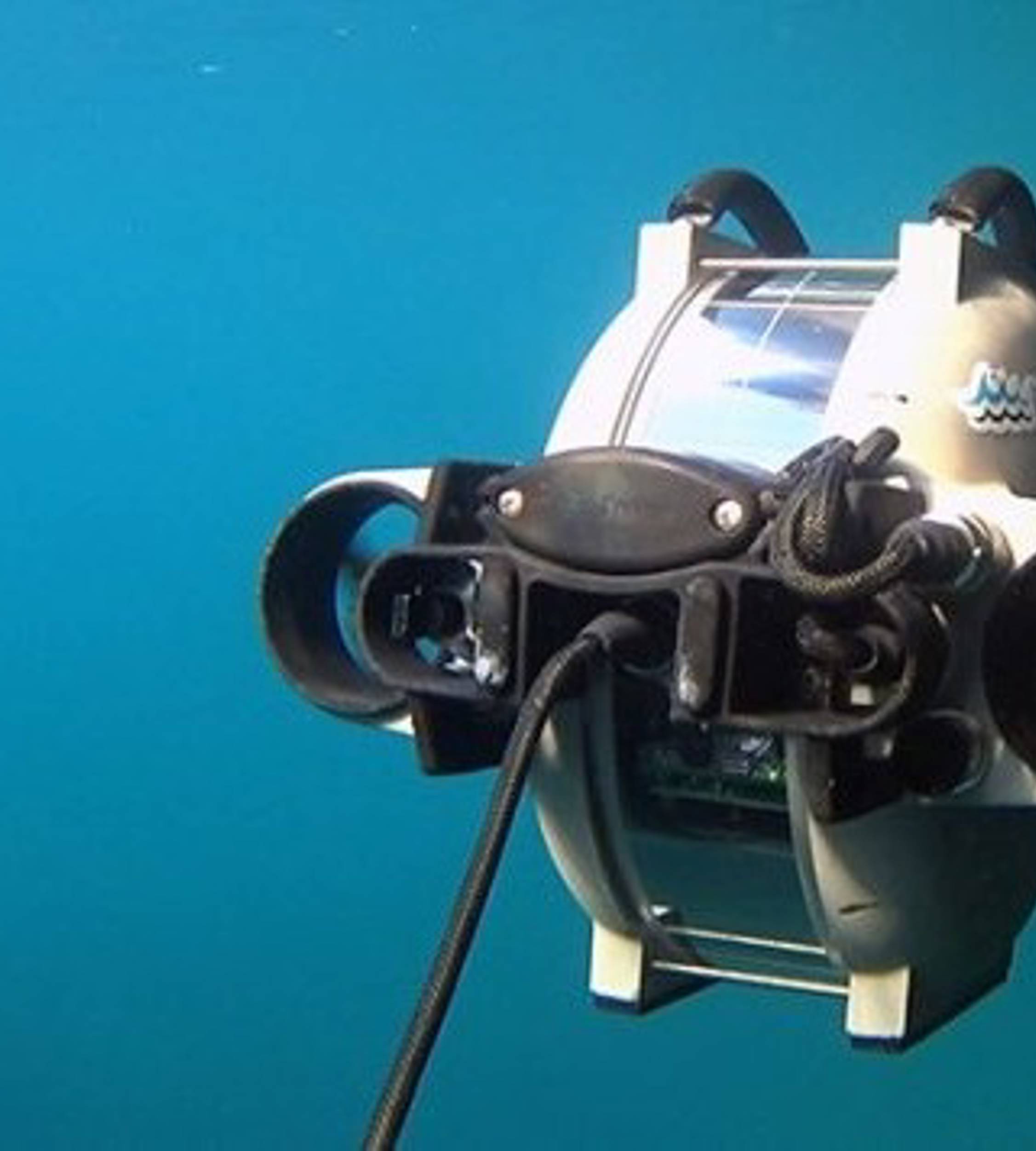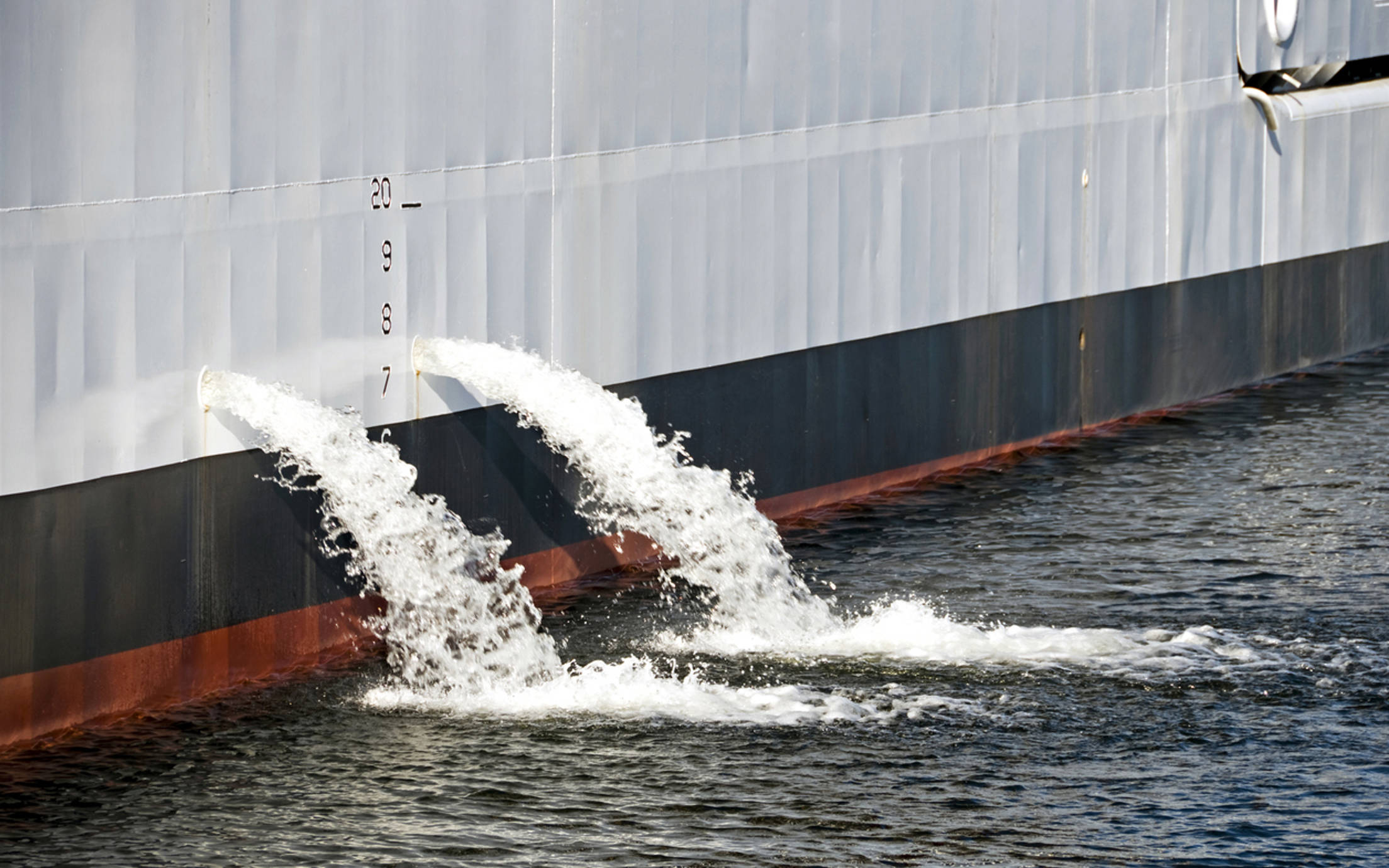
Focus on efficiency pays dividends
Technical innovations and energy efficiency are key to achieving sustainable operations argues Awilco technical director Christopher Andersen Heidenreich.

Underwater robotic cleaning and inspection is set to play a bigger role as owners and operators strive for fuel-efficient, sustainable operations.
Faced with new environmental regulations and market pressures, owners and operators continue to look for innovative ways to reduce operational costs and emissions.
Some of the common technical measures they are already using include improved ship/hull design to reduce drag, and more efficient propulsion systems. Operational methods include the use of technology to better manage vessel weight, reducing speed and improved weather routing to maximise fuel efficiency.
Choosing the right hull coating is another way that operators can reduce fuel costs and emissions throughout the drydocking interval. Fuel is the biggest cost driver and by avoiding biofouling and reducing drag, ships use less fuel and produce fewer emissions.
Typical savings are difficult to quantify as operational efficiency in all vessels is affected by a number of variables, though high resolution data collected according to the ISO 19030 standard provides a good picture of long term trends. Regardless of the antifouling coating applied, most ships will suffer a degree of fouling between drydockings that can adversely affect their performance – and the owner’s bottom line.
As reported by ShipInsight, operators of fouled ships have a number of choices open to them including having the hull cleaned by a specialist contractor. The time to the next drydocking and the extra fuel being consumed must be weighed against the cost of cleaning the hull and for ships with a limited lifespan coating, the possibility of damaging what coating remains is also a factor to be considered.
Ships that have been hard coated are far less likely to suffer damage from cleaning operations and leading coating manufacturers recommend that cleaning is undertaken regularly if the full benefit of such premium coatings is to be enjoyed. Cleaning can be done by almost any diving contractor with appropriate equipment but there are specialists in the field.
The tools best suited to cleaning hulls are often developed by the specialist contractors and sometimes marketed to independent contractors. Most use manual operated tools but there are a number of alternatives that use ROV (remotely operated vehicle) technology.
CleanROV, Mini-Pamper and HullWiper ROV are just a few of the systems that are already on the market. Fleet Cleaner also uses remotely controlled robots to remove fouling while the ship is loading and unloading. Since the first in-water trials in 2015, the service has been rolled out to all Dutch ports reflecting its increasing popularity with ship operators.
Deepak Thacheril, senior engineer in Jotun’s technical support team, who has been working with underwater robotics in Korea, comments: “We have used ROV’s to monitor the development of hull fouling over several years. Based on our experience, we see that owners and operators are becoming increasingly aware of the benefits of clean hulls. It is important for them not only because of cost savings but also in terms of meeting new environmental regulations.”
He continues, “The traditional method of inspection and cleaning of hulls (using divers) can be challenging at times due to specialised diver availability and stringent safety procedures. There are also limitations as regards regular inspections and niche areas to be inspected or cleaned. One of the main benefits of using ROV technologies is that it lessens the reliance on divers. This makes it much easier to get approvals for surveys, and, indeed, helps to improve the quality of the surveys. It is also a safer and more cost-effective solution in the long-term.”
There are other benefits according to Thacheril. “Paint manufacturers can monitor the underwater hull and paint condition directly, rather than using an intermediary (diver). Based on data collected, the paint manufacturers can then develop products and solutions that are better matched to the vessel and the expected conditions.
“Here in Korea, the major paint manufacturers are using robotic solutions mainly for surveys. Robots for underwater hull cleaning are still being tested and their commercial application will depend on the test results. I believe that with improved technology, processes and operational capabilities, robotic hull cleaning could, over time, replace the current manual methods,” adds Thacheril.
While the coating technology is in place, more work is needed to develop economical, fast, and widely available hull cleansing services to combat fouling. Robotics is the key to this, said DNV GL’s Volker Bertram, at the Hull Performance & Insight Conference recently held in the UK.
“Antifouling is both an economic and ecological necessity, and new ideas and technologies are constantly emerging in this field. As owners and operators work to address new environmental regulations and market pressures, we are likely to see more high-performance coatings in use, with robotised application and mild, frequent cleansing. Also, it is not unreasonable to assume that operators will require all coating and cleansing product and method choices to be made based on robust performance monitoring to meet stakeholder requirements,” said Bertram.
Clearly, the economical and environmental impact of foulings, combined with the changing regulatory and market conditions in the industry, are adding to the pressure for more innovation and improvement. This also applies to hull cleaning methods and industry sources are predicting that underwater robotic cleaning is set to play a bigger role to combat fouling issues.
The rapidly progressing digitalisation is also having an impact as owners and operators embrace new technologies. According to recent research conducted by Lloyd List Intelligence, two-thirds of vessels now use advanced sensor technology and digitalisation systems onboard. The driver for this, according to those surveyed, is the desire to improve operating efficiency.
This development also benefits coating manufacturers who use the vast amount of data, artificial intelligence and robotic technology to show customers the potential performance benefits of fouling control coatings based on accurate, transparent information. This, in turn, helps customers to make informed decisions from both an economic and environmental perspective.
Certainly, for the forward-thinking companies that are receptive to new technologies there are opportunities to use robotics and digitalisation to achieve fuel-savings and to meet the impending environmental challenges.

Technical innovations and energy efficiency are key to achieving sustainable operations argues Awilco technical director Christopher Andersen Heidenreich.

The entry into force of the global treaty to halt invasive aquatic species has led to much debate in the shipping industry as ship owners and operators work to implement the IMO’s ballast water treatment regulation.

How is the full performance and quality of marine coatings achieved? There is no simple recipe, but proper surface preparation and application is key.
A video is being shown
An image is being displayed
A brochure is being displayed